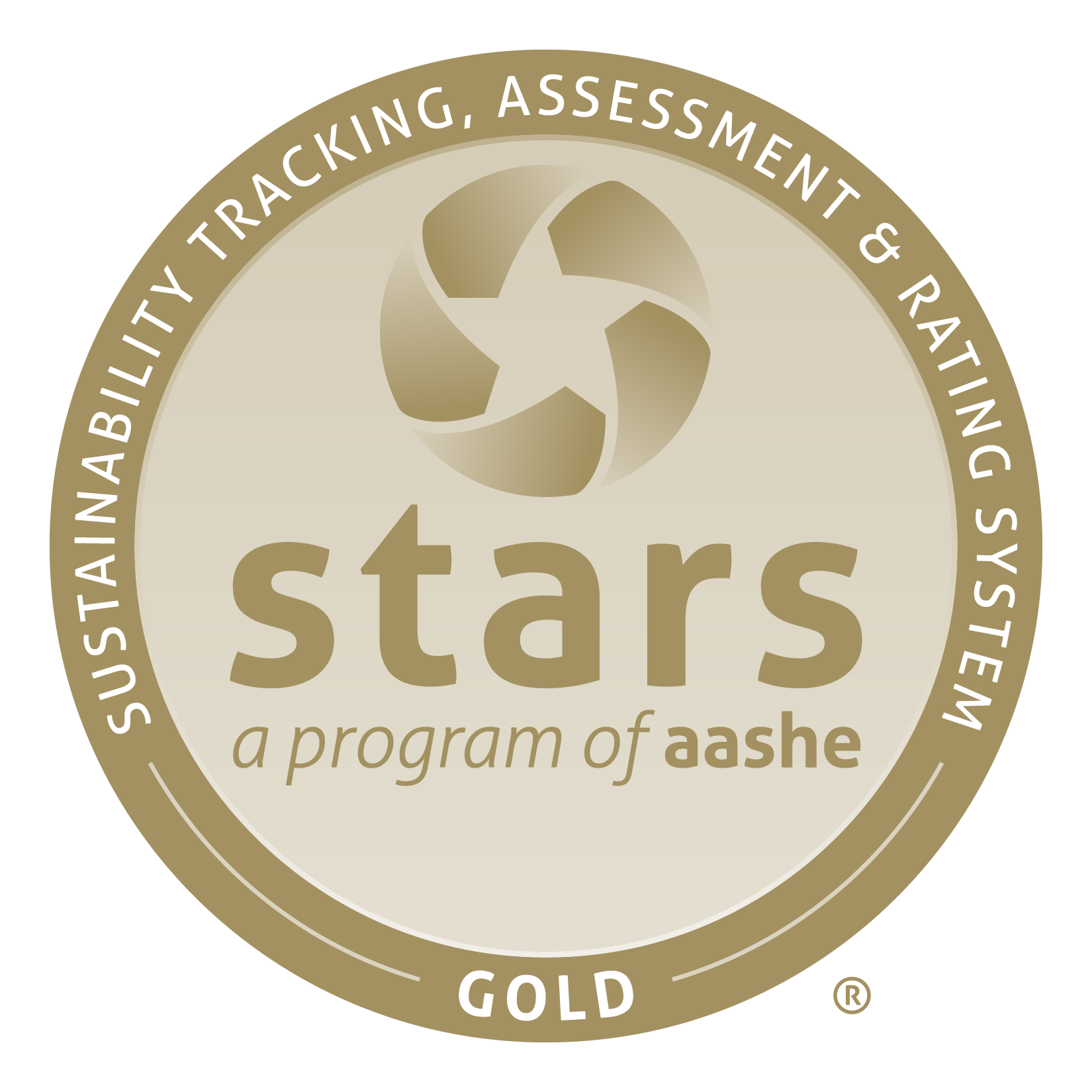In September 2023, President Pamela Whitten approved the Indiana University (IU) Climate Action Plan (CAP), which created a pathway for IU to reduce its scope 1 and 2 greenhouse gas emissions to neutral by 2040.
One year later, the IU Office of Sustainability, in collaboration with countless partners across IU, have laid a strong foundation for IU to continue pursuit of its climate action goals. Below are updates to the recommendations outlined in the CAP, along with additional sustainability updates.




